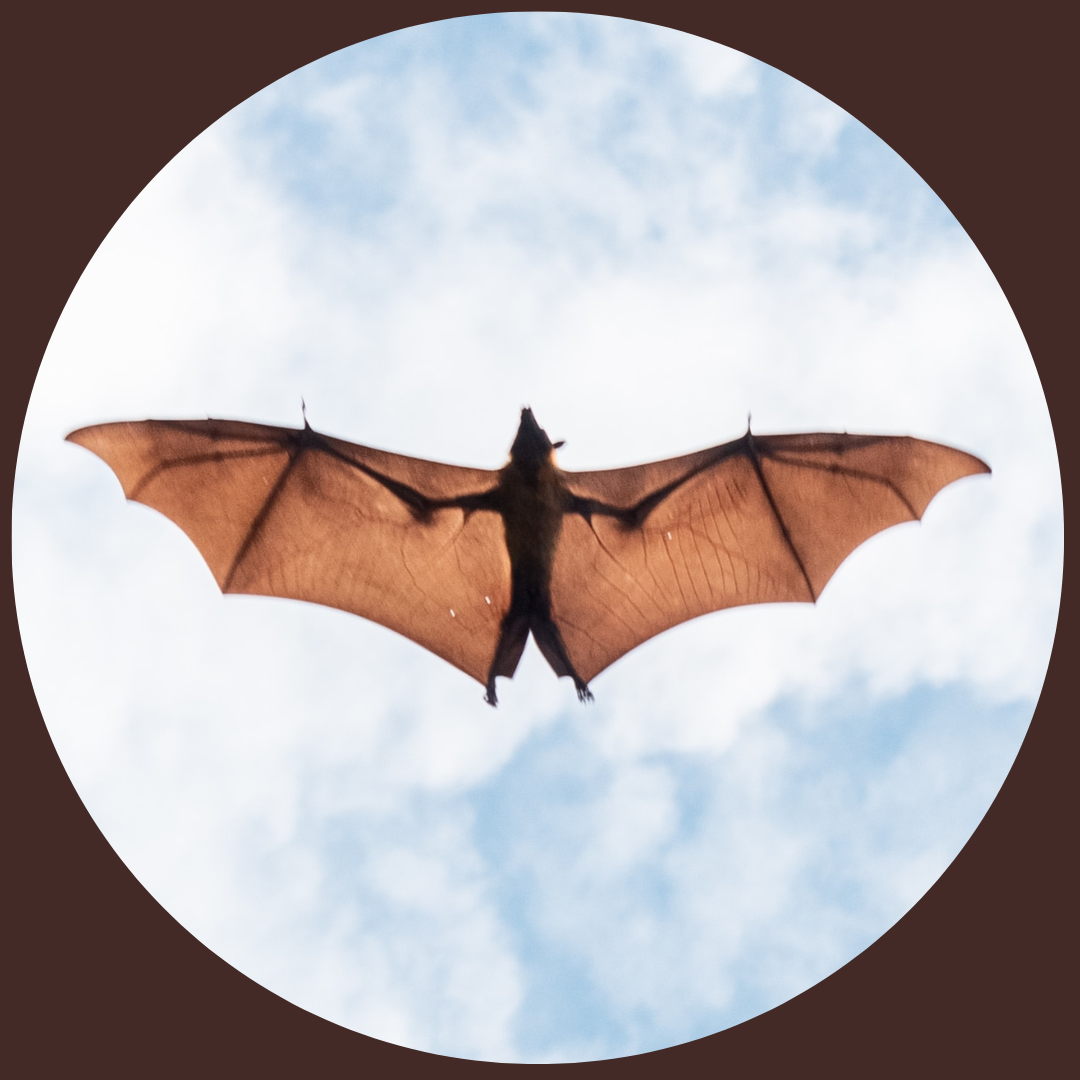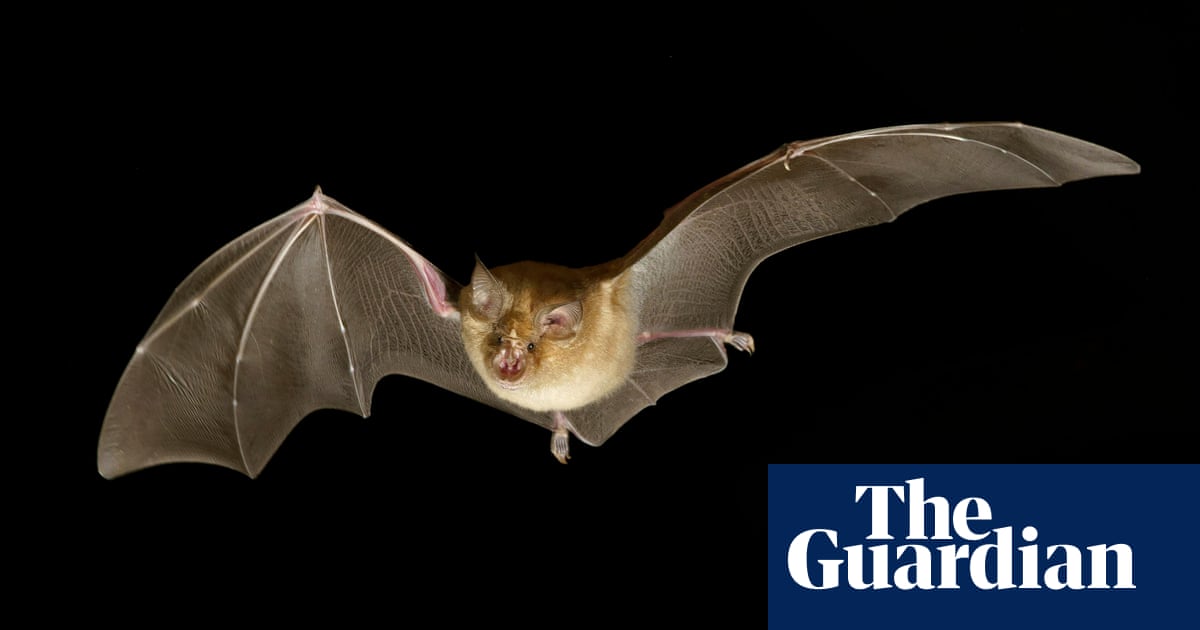- cross-posted to:
- nature
- cross-posted to:
- nature
Bats ‘leapfrog’ back to roost to stay safe from predators, study finds
Researchers able to model movements of greater horseshoe bats in Devon to help conserve foraging grounds Steven Morris @stevenmorris20 Fri 12 Jan 2024 15.01 CET Last modified on Fri 12 Jan 2024 15.13 CET
Bats fly back to their roosts after a night of hunting in a “leapfrogging” pattern that allows them to maximise their time out and stay safe from predators, researchers have found.
A team from Cardiff University and the University of Sussex developed a mathematical model using “trajectory data” that tracked the flight of greater horseshoe bats in Devon to pinpoint how the creatures engage with the nocturnal environment.
They found that when they leave their roosts, typically caves or loft spaces, the bats initially spread out in a radius of about a mile for the first hour and a half to two hours, before beginning to gradually make their way home.
The furthest bat out never appeared to want to be at the periphery and so leapfrogged past the closest bat on the way back towards the roost, researchers observed.


